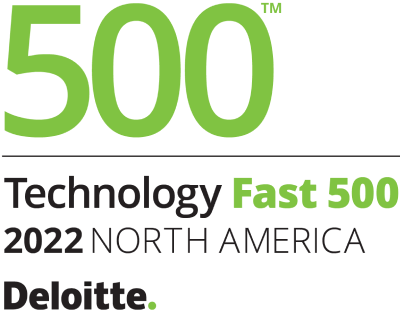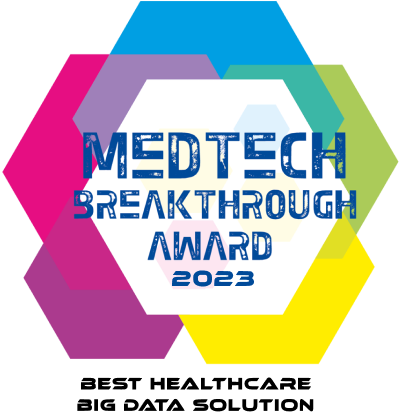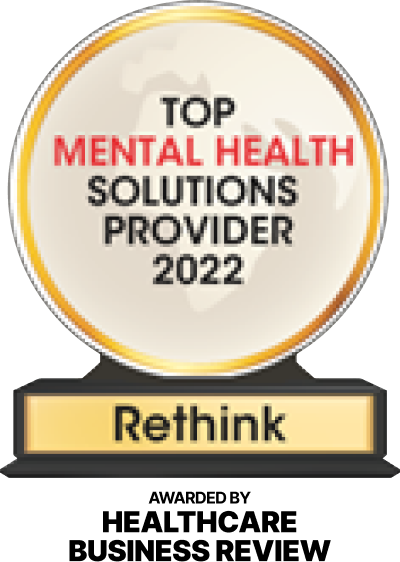To prepare future generations for a diverse and inclusive workplace where employees feel they belong, we must instill and strengthen a child’s feelings of acceptance and compassion to help them overcome discomfort in situations which involve meeting people who look, think, and act differently.
Here is an activity to help parents or caregivers foster empathic conversations with their child about the individual differences their child sees in themselves and others.
Review each pair of Reflection and Action questions / statements. Take a blank sheet of paper or open a new document on your computer and write down your answers to the Reflection and Action questions / statements below.
|
Reflection |
Action |
|
Is your child different from your expectations? If so, in what manner? |
Allow yourself to accept your child fully for who they are and write down how much you love them. |
|
How do you want others to treat your child? |
List three unique strengths or potentials you want others to see in your child. |
|
Does your child notice the differences and similarities among people? Give an example. |
Write down what you can do to help your child learn about people different from themselves. |
|
What strategies do you have for educating others about your child’s needs? |
Write down what you can do when others do not meet your child’s needs. |
|
Does your child have friends who look different from them? List these friends or peers they may like. |
Think of creating regular opportunities for them to play or hang out with these friends or peers. Write down ideas that come to mind. |
|
What information and patterns do you want to unlearn for you and your child? |
What strategies can you employ to ensure that you unlearn this information and patterns? Name three. |
|
Does your child have a role model at school that looks like them? |
List public role models for your child. |
|
What is the extent to which your child’s media represents your community? |
Think of programming to watch or listen to with your child that represents the diversity of your community. |
|
How much does your child know about the history of their own family or community? |
You have plenty of opportunities to teach your child about the history of their own family or community. Please take a moment to summarize it. |
|
How do your own and your child’s opinions differ? |
What ideas, solutions, or questions can you come up with to reconcile your differences? |
We also ask you to complete the activities in Workplace Belonging: A Journey Rather Than a Destination & Workplace Belonging: Continuing the Journey. There should be consistency in what you say you believe and your behavior.
To learn more about the new RethinkCare platform, request a demo.











